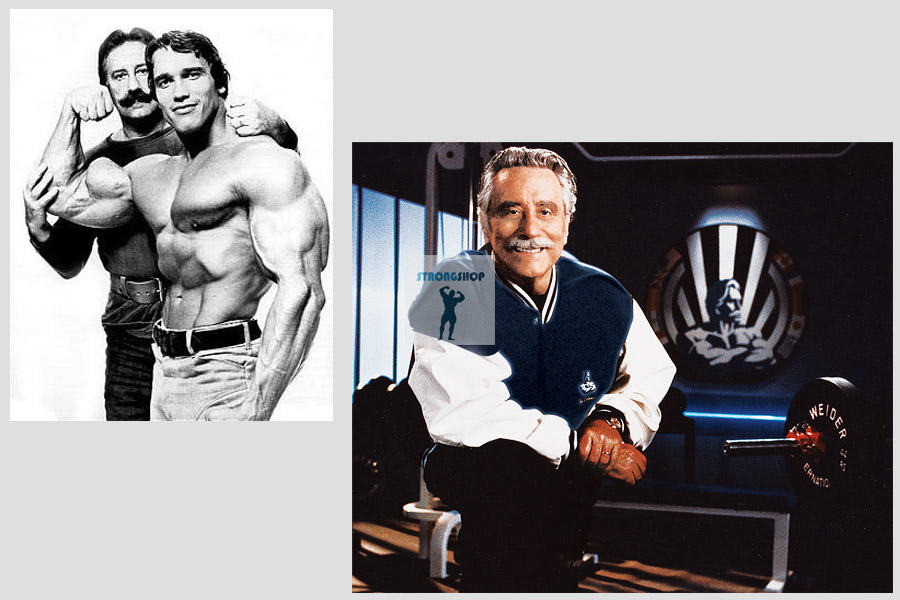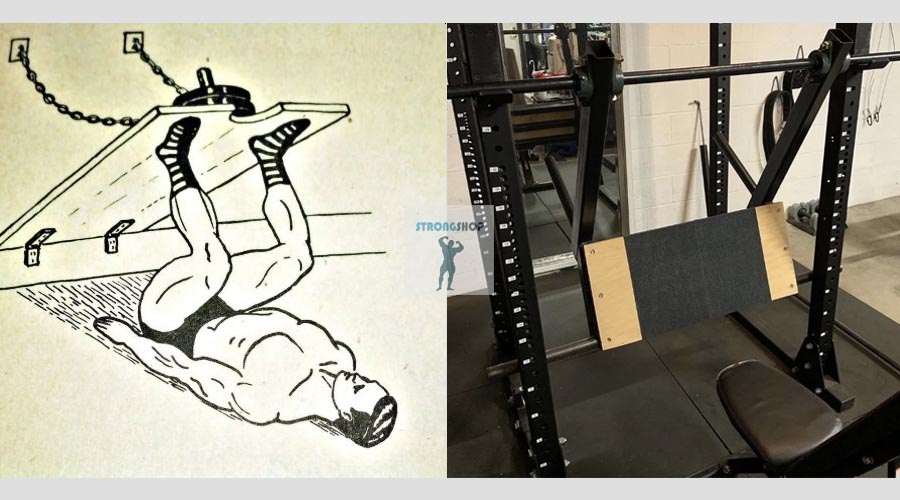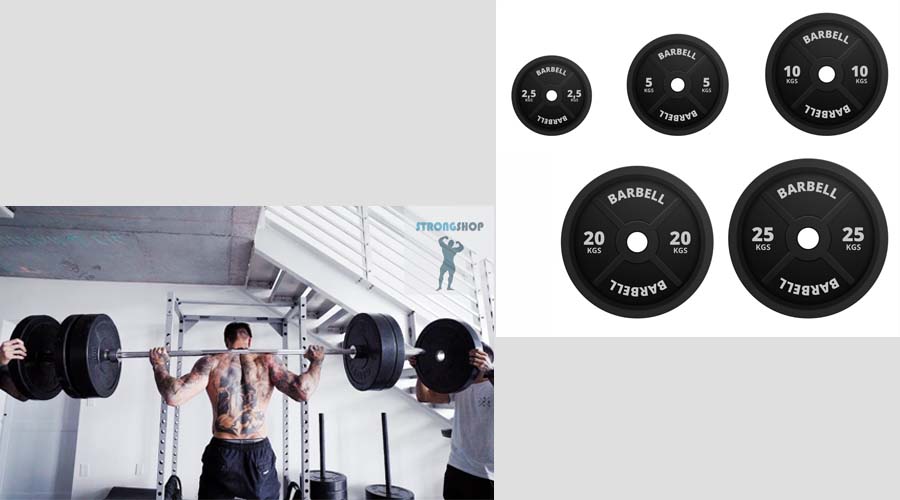The rest-pause system or training principle is one of the most working systems proposed by Joe Weider.
So the essence of this technique
- the athlete stops before the end of the set, takes a break, and then ends the set. This approach allows the muscles to recover faster, which allows you to perform more repetitions with a fixed weight.
It turns out that when using this technique, creatine phosphate is restored faster, which has a similar composition with creatine from sports nutrition. The extra energy you get will allow your muscles to contract better, increase your strength and increase the number of repetitions you can do. Those. it turns out that your muscle becomes stronger, you can do more repetitions, and accordingly there is a stimulation of the muscles, which will make them grow.
How "rest-pause" is applied in practice
There are two main ways. Bodybuilders typically do a set to failure, then rest for 10-15 seconds, then continue the set to another failure. So you can do 2-3 “rest-pauses”. Subsequently, chemical reactions begin in the muscles that cause muscle growth.
"Rest-pause" can be used to increase the strength of the athlete. For such purposes, it is necessary to choose a weight with which you can do 3-5 repetitions. You should do one rep, then take a 10-15 second pause, and do another rep. Repeat this algorithm until you complete 4-6 repetitions. This scheme has shown its effectiveness in practice repeatedly.
Modern rest-pause system
This is a completely new interpretation of the Joe Weider system. The point is to use this approach on one side of the body. While you are training one muscle group, the other is resting, and then you need to repeat these actions on another muscle.
Take a weight that you can do 6-8 reps with.
Let's take for example the alternate lifting of dumbbells for biceps. Do three reps for one bicep, then immediately three reps for the other bicep.
Then return to the right hand, do three repetitions again and continue. The essence is simple - three "rest - pauses" - three repetitions, two - two repetitions, one - one repetition. By the end of the set, you will have a whopping 14 repetitions, otherwise you would have done only 6-8.
You stimulate not only hypertrophy, but also the growth of strength.
And here's another interesting detail: on the last set of each exercise, do as many reps on the last "rest-pause" as you can. This will not only increase the intensity of the last set, but also clearly demonstrate whether you have chosen the right weight. If you were able to do more than one repetition on the last "rest-pause" of the last set of the exercise, then on the next workout increase the weight by 2.5 - 5 kg.
If you were able to do only one approach, this means that the weight is chosen ideally.
If you can’t do the repetition, then, on the contrary, reduce the weight by 2.5 - 5 kg next time. If you cannot repeat the last rep of any of the first two sets, reduce the weight by 2.5 - 5 kg before the last set; no need to take too heavy weight.
You can continue with your current training program, and just add a rest-pause system for each muscle group in parallel.
Conclusions
As you can see, pause rest is a very interesting and simple method of training intensification. Be sure to try it. Best for isolated exercises.






